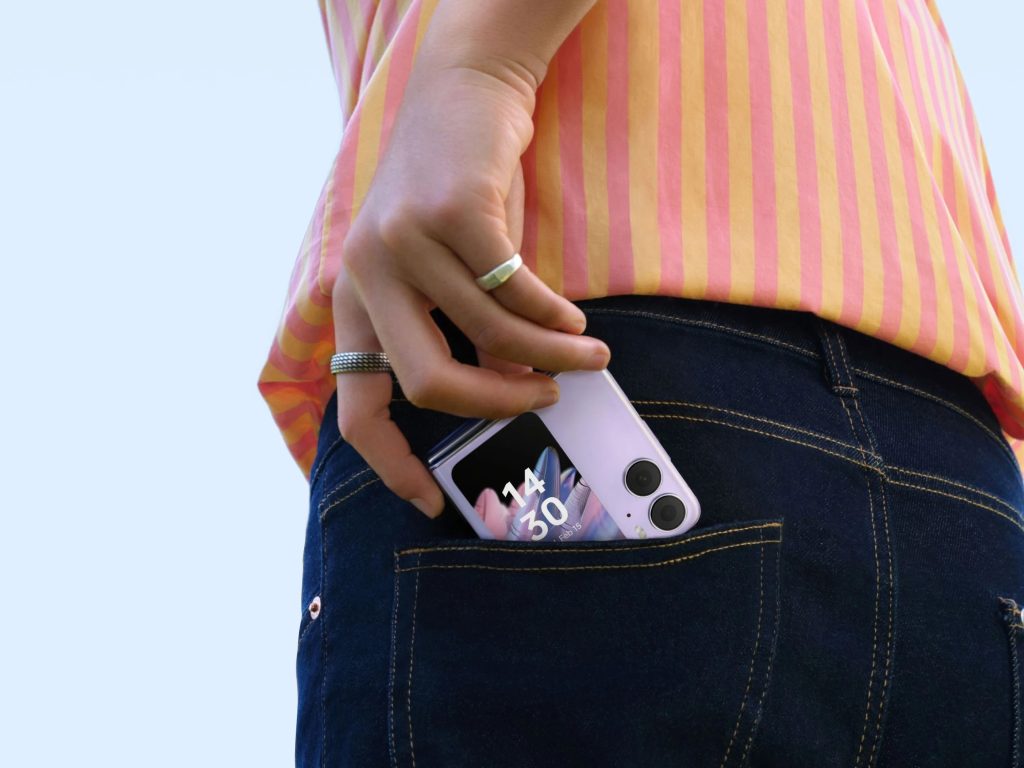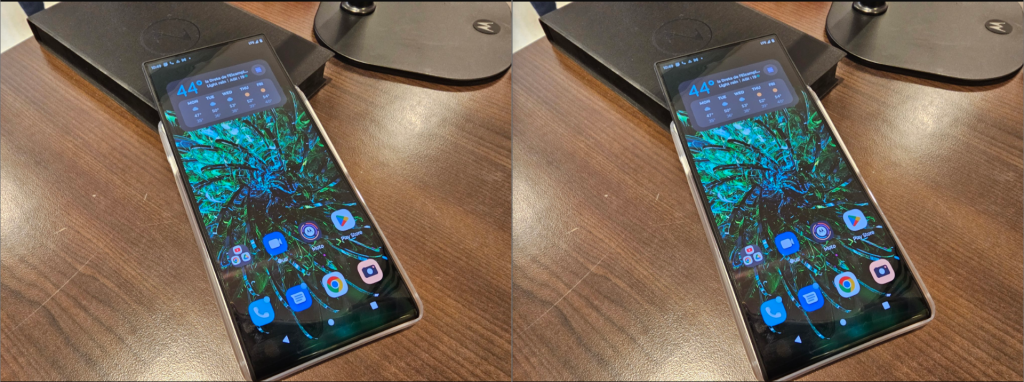Smartphones have become an essential part of our lives, but they are also getting bigger and heavier as they pack more features and functions. Nowadays, you can really feel the heavy weight of the latest glass sandwich in the pocket of your pants.

However, some technologies are emerging that could make smartphones thinner and lighter in the coming future. Here are the 3 technologies you might not know that will make smartphones thinner in the next 5 years.
- Graphene Batteries
Graphene is a material made of a single layer of carbon atoms arranged in a hexagonal lattice. It has many remarkable properties, such as high strength, flexibility, conductivity and transparency. Graphene batteries are expected to offer higher energy density, faster charging and a longer lifespan than conventional lithium-ion batteries. And smartphone manufacturers such as Xiaomi, Oppo and Samsung are researching new battery tech such as graphene could enable high-capacity batteries in a smaller form factor. In turn, it translates to thinner and lighter smartphones with longer battery life.
- Rollable Displays
Rollable displays are flexible screens that can be rolled up or folded when not in use. They can offer larger display sizes without increasing the device’s footprint or weight. Rollable displays are based on organic light-emitting diode (OLED) technology, which produces bright and vivid colours with low power consumption. Some smartphone makers, such as Motorola and Samsung, have already showcased their prototypes of rollable smartphones that can expand or retract their screens with a simple button.

For example, Motorola showcased the Motorola Rizr rollable at MWC Barcelona 2023, where the device is housed within a small 5-inch form factor but can transform into a 6.5-inch screen when fully rolled out. And in turn, you can still have the big screen in a small and thinner package.
- Under-Display Cameras
Last on the list is under-display cameras. Under-display cameras are cameras that are hidden under the screen of a smartphone, eliminating the need for a notch or a hole-punch cutout. This can create a more immersive and seamless viewing experience for the user, and then the phones need not carve more screen space. Thus, no notch translates to less distraction, less extra screen space needed, and more importantly, a thinner and smaller smartphone overall.
Under-display cameras (UDC) use transparent OLED pixels that can switch between displaying content and letting light pass through to the camera sensor. Some smartphone makers, such as ZTE and Xiaomi, have already launched smartphones with under-display cameras. The technology is still in its early stages and it is expected that UDC image quality and performance will improve rapidly in the next 5 years with proper development with support from the industry.

On the topic of under-display cameras, the latest flagship from ZTE – the Nubia Z50 Ultra features a notch-less 120Hz AMOLED display, the latest and fastest Snapdragon 8 Gen 2 SoC from Qualcomm and more importantly a next-generation under-display camera.
To learn more about the Nubia Z50 Ultra, you can learn more about the smartphone from our review here. The Nubia Z50 Ultra is available on Giztop starting from 699 USD.
RELATED:
- Nubia Z50 Ultra Full Review: Men will definitely love it
- Nubia Z50 Ultra Launched with Notch-less 120Hz AMOLED display, Snapdragon 8 Gen 2, 64MP Triple Cameras






